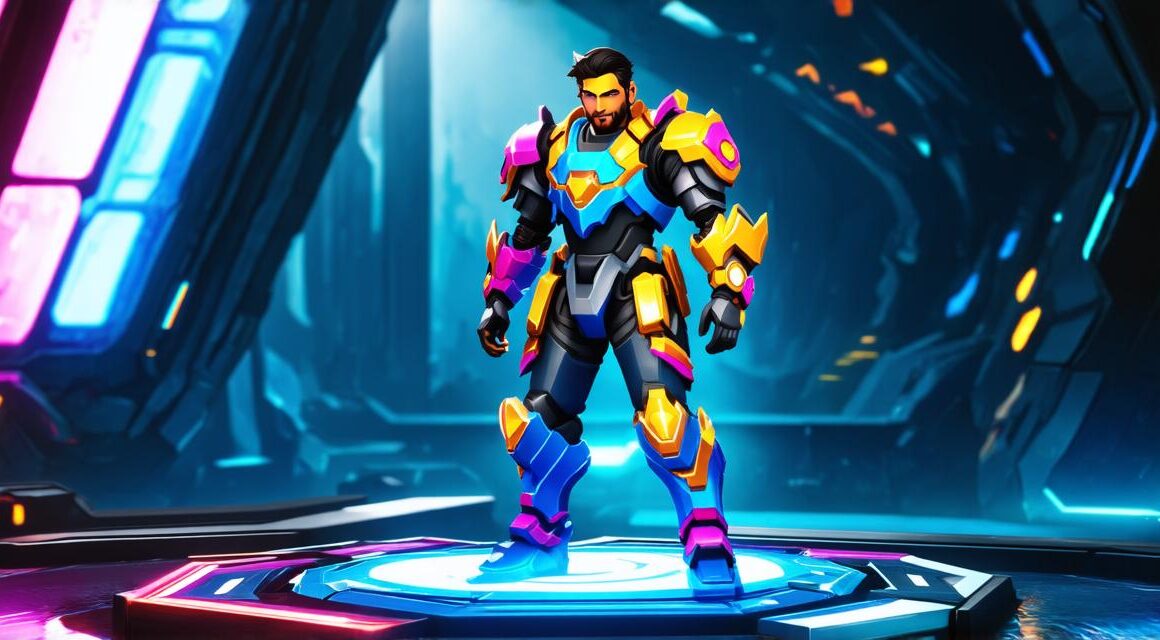Introduction:
Unity is one of the most popular game engines out there. It offers a wide range of tools and features that make it easy to create immersive games for various platforms. One of the key aspects of Unity is its user interface (UI) system, which allows developers to create interactive elements such as buttons, sliders, and text boxes. In this article, we will explore how to use Unity UI in a 3D environment to enhance your game with interactive elements!
What is Unity UI?
Unity UI is a set of tools that allows developers to create user interfaces for their games. It includes a variety of prefabricated UI elements such as buttons, sliders, and text boxes, which can be customized and arranged to fit the needs of your game. In addition to these basic UI elements, Unity also offers more advanced features such as animations and scripting, which allow developers to create even more complex interfaces.
Why Use Unity UI in a 3D Environment?
One of the main advantages of using Unity UI in a 3D environment is that it allows developers to create interactive elements that are seamlessly integrated into the game world. This means that players can interact with these elements in a natural and intuitive way, which can greatly enhance their overall experience. In addition to this, using Unity UI in a 3D environment also allows developers to take advantage of the full range of Unity’s 3D tools, which can help them create even more immersive and engaging games.
How to Use Unity UI in a 3D Environment
To use Unity UI in a 3D environment, you will first need to create a new UI canvas. This canvas will serve as the container for all of your UI elements, and can be positioned and scaled to fit the needs of your game world. Once you have created the canvas, you can begin adding UI elements to it. Unity offers a wide range of prefabricated UI elements that can be easily customized and arranged to fit the needs of your game. Some examples of these elements include buttons, sliders, text boxes, and drop-down menus.
In addition to basic UI elements, you can also use Unity’s scripting system to create more advanced interactive features. For example, you could use a script to detect when a player clicks on a button and then execute a specific action in response. This type of interaction can greatly enhance the overall experience of your game, and allow players to feel more in control of the story and environment.
Case Study: Unity UI in Action
One great example of how Unity UI can be used to enhance a game is the popular puzzle game “Ingress”. Ingress uses Unity UI to create a variety of interactive elements that are seamlessly integrated into the game world. For example, players can use buttons and sliders to adjust the settings on their device, or to access different features of the game. These elements are all customized to fit the needs of the game, and are designed to be intuitive and easy to use.
Another great example is the popular adventure game “Portal”. Portal uses Unity UI to create a variety of interactive elements that are used throughout the game. For example, players can use buttons and sliders to adjust the settings on their device, or to access different features of the game. These elements are all customized to fit the needs of the game, and are designed to be intuitive and easy to use.

FAQs
Q: How do I create a new UI canvas in Unity?
A: To create a new UI canvas in Unity, you can go to the “Window” menu and select “UI” > “Canvas”.



